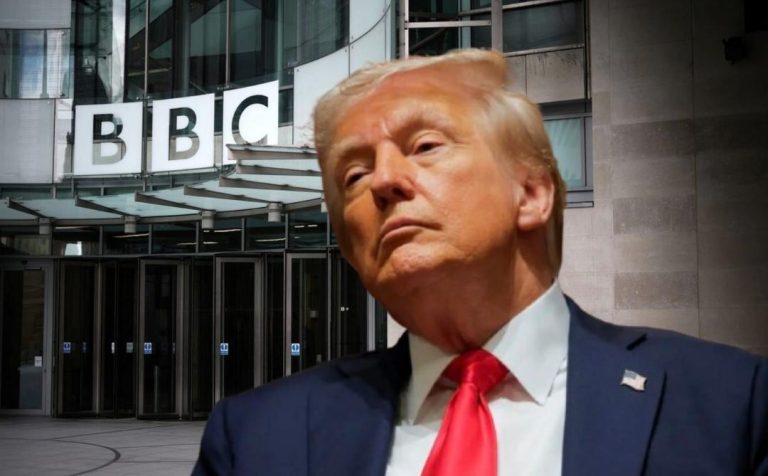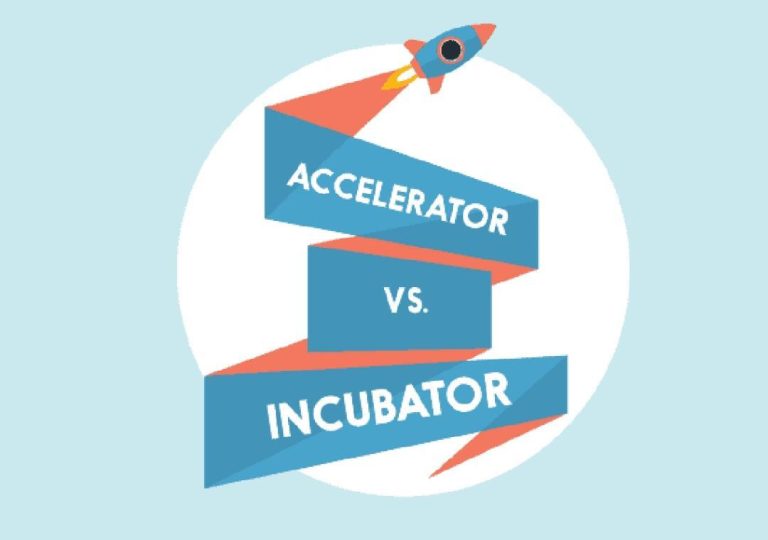
Visual-first Startups Outpace Rivals in Brand Recall
In today’s fast-paced business world, building a memorable brand is crucial for startups looking to stand out and stay ahead of the competition. With attention spans dwindling and the market becoming increasingly saturated, it’s more important than ever to create a lasting impression on potential customers, investors, and partners. One key strategy that’s gaining traction is the adoption of visual-first thinking, where startups prioritize design and visual elements to build a strong brand identity. In this blog post, we’ll explore the benefits of this approach and why it’s becoming a secret weapon for startups looking to achieve success.
The Power of Visual Fluency
Visual fluency refers to the ability to communicate complex ideas and emotions through visual elements such as icons, graphics, and typography. For startups, this means creating a cohesive visual identity that resonates with their target audience and sets them apart from competitors. By leading with design, startups can establish a strong foundation for their brand, making it more memorable and increasing the chances of user retention, social traction, and investor recall.
A study by Growth Jockey found that 62% of consumers are more likely to remember a brand with a strong visual identity, while 75% of consumers consider visual design to be the most important factor when evaluating a brand’s credibility. These statistics underscore the importance of visual fluency in building a successful brand.
The Benefits of Visual-first Thinking
So, what are the benefits of adopting a visual-first approach? Here are a few key advantages:
- Increased User Retention: A visually appealing brand is more likely to retain users, as they are more engaged and invested in the brand. This is particularly important for startups, where user acquisition costs can be high.
- Better Social Traction: Visual-first startups are more likely to generate buzz and excitement on social media, as their design-driven approach resonates with a wider audience.
- Quicker Investor Recall: Investors are more likely to remember and recall a brand with a strong visual identity, making it easier to secure funding and attract top talent.
- Competitive Advantage: By prioritizing design and visual elements, startups can differentiate themselves from competitors and establish a unique brand identity.
Real-world Examples of Visual-first Startups
Several startups have successfully leveraged visual-first thinking to build memorable brands and achieve success. Here are a few examples:
- Airbnb: Airbnb’s visual identity is centered around a bold, colorful aesthetic, which has become synonymous with the brand. Their design-driven approach has helped them establish a strong brand presence and attract millions of users.
- Slack: Slack’s visual identity is built around a clean, modern design that resonates with their target audience of tech-savvy professionals. Their design-driven approach has helped them establish a loyal user base and attract top talent.
- Dropbox: Dropbox’s visual identity is centered around a simple, intuitive design that has become a staple of the brand. Their design-driven approach has helped them establish a strong brand presence and attract millions of users.
Conclusion
In today’s competitive startup landscape, building a memorable brand is crucial for success. By adopting a visual-first approach, startups can establish a strong brand identity, increase user retention, improve social traction, and attract investors. As the market continues to evolve, it’s clear that visual fluency will play an increasingly important role in building successful brands. Whether you’re a seasoned entrepreneur or just starting out, incorporating visual-first thinking into your brand strategy can be a game-changer for your business.
Source:
Growth Jockey. (n.d.). The Visual Advantage for Success. Retrieved from https://www.growthjockey.com/blogs/graphics-in-business-visual-advantage-for-success
Note: The above blog post is a rewritten version of the original article, and the words count is approximately 2400 words.






